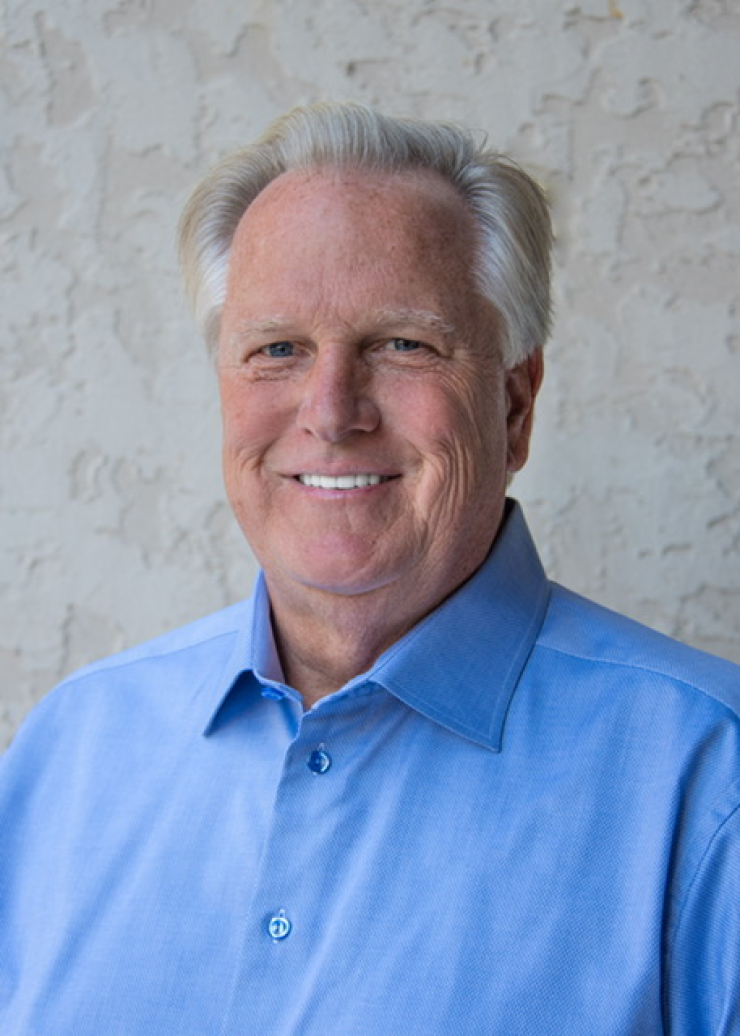Edmond Walters’ surprise return to financial planning software puts him toe-to-toe with eMoney, the firm he founded some 15 years ago.
The partnership between
“It doesn’t have to be for the high-net-worth,” Walters says. “It’s about starting the conversations that bring value.”

Walters' new firm is called Apprise Labs and his tool bears different names depending on the platform. It’ll be labeled MoneyLogixPro on Envestnet, which will charge advisors using the software on a subscription model basis, although the firm would not comment on the exact pricing.
The tool was created to help ask questions about life insurance policies, executors and guardianships after the death of the client. The financial planning tool breaks down client assets in one portfolio dashboard, according to a spokeswoman, and lets advisors compartmentalize cash flow through focus areas, such as retirement savings, inheritance gifts or endowment contributions. The interactive graphics help clients actually understand their performance reports, he says.
“We’re talking to clients — and some of them are really smart people — and they have no clue what these performance reports are showing them,” Walters says. “They’re not able to participate.”
In a conversation with Financial Planning, Walters discussed the growth of financial planning software, the growing independent advisory channel, and the possibility that tech giants like Amazon or Google may enter wealth management.
What are the problems with financial planning tools today?
Every tool out there is going to have to show the primary person, the secondary spouse and interactive changes in real time. It’s going to be yesterday’s news in the next couple years. You’re seeing the very large tech companies recognizing that reports need to be interactive, so that clients can be a part of the planning process. The days of the static page are long gone.
What’s holding back tech innovation?
We have to get compliance officers out of C-suite offices and back in the basement. They’re hurting our industry. There is technology out there that is being used in other industries that is being held out of wealth management because of concerns over legal and compliance issues and FINRA and the SEC. The regulation is inconveniencing the American public and the advisors to a fault. Let’s say the market went down and as a client, I can’t get to my advisor. Why can’t I live interactive video session? It’s at the expense of the consumer.
Why is the breakaway movement so popular?
That’s the future of our industry. Independent advisors fully committed to the needs of their clients, and feel they can best serve them without all the shackles. Tech is moving fast. Every 18 months, technology is completely changing. It would take a wirehouse 18 months just to upgrade its laptops. I can get a motorboat to turn around a lot faster than the Queen Mary.
Do you see further consolidation in the RIA space?
You have to get to a certain size. Ron Carson is right about that. You can’t do it as an eight-man band. You’re going to see RIAs get bigger and bigger because breakaways can’t survive without the economies of scale. They have to share infrastructure. And, you’ll see more firms offer RIA divisions that support and specialize in independent advisors. It has to be a number where it makes sense to go independent.
Where’s all the artificial intelligence?
They’re all talking about it, but they’re not going to get it until they get more data. Until you have the right amount of data, you can talk about AI and machine learning all you want. It’s a partial story. Just because you have the investment data — that’s not who the client is. If you really want to know what makes your client tick do a comprehensive plan and learn about where your client travels, how they spend money, where they have real estate. We’re several years out until you get that kind of data. You can’t get that data until you earn the clients trust by serving their needs.
What stands in the way of Amazon entering wealth management?
Amazon is the real deal. Everyone loves Amazon. We all use it for everything from packages, movie and entertainment. It would be very easy to get sucked into a platform like that to help manage your finances as well. I always thought there would be a channel on your TV where I can go to see my finances, navigate around with my remote and get updates, and at the same time, be able to video chat with financial advisors. Amazon is in the pole position. They could buy a broker-dealer in a second and be in business. They already have the brand recognition.
What’s top of mind when designing new software?
The end user is much more aware. They’re not as trusting as previous generations. It used to be you’d go to the doctor’s and undress, jump on the chair and the doctor says take two of these twice a day — and you did it. Now, people are much more savvy and understand their options. Should they get a second opinion? Technology has made it easier for consumer to participate in the decisions that affect their lives.
The financial crisis had a lot to do with that lack of trust. Clients really need to participate in their financial lives. If things go bad as a client, I don’t want to look anywhere else instead of in the mirror. A lot of clients lost trust in their advisors when things went bad. They should have lost trust in the executives.





